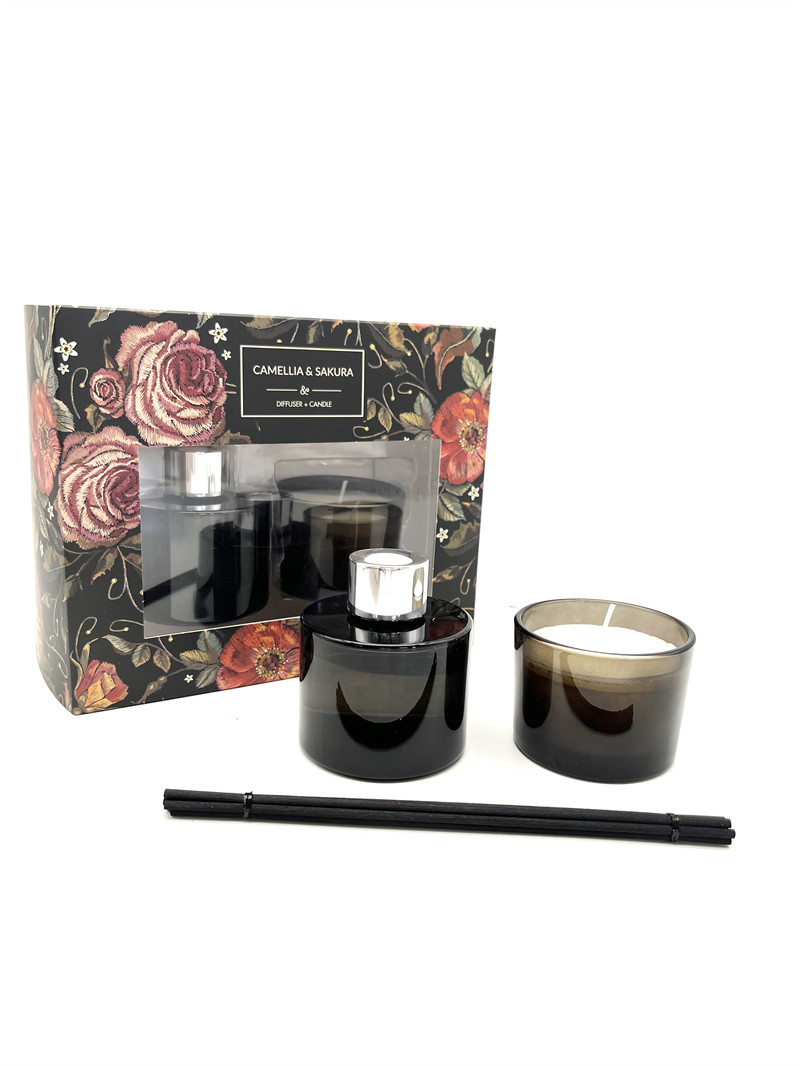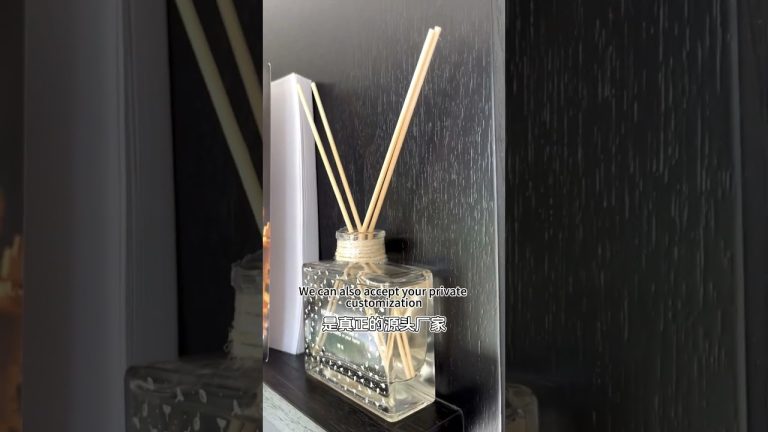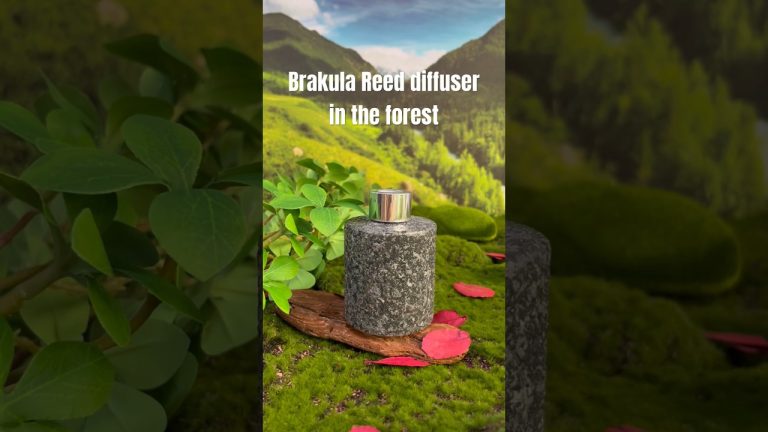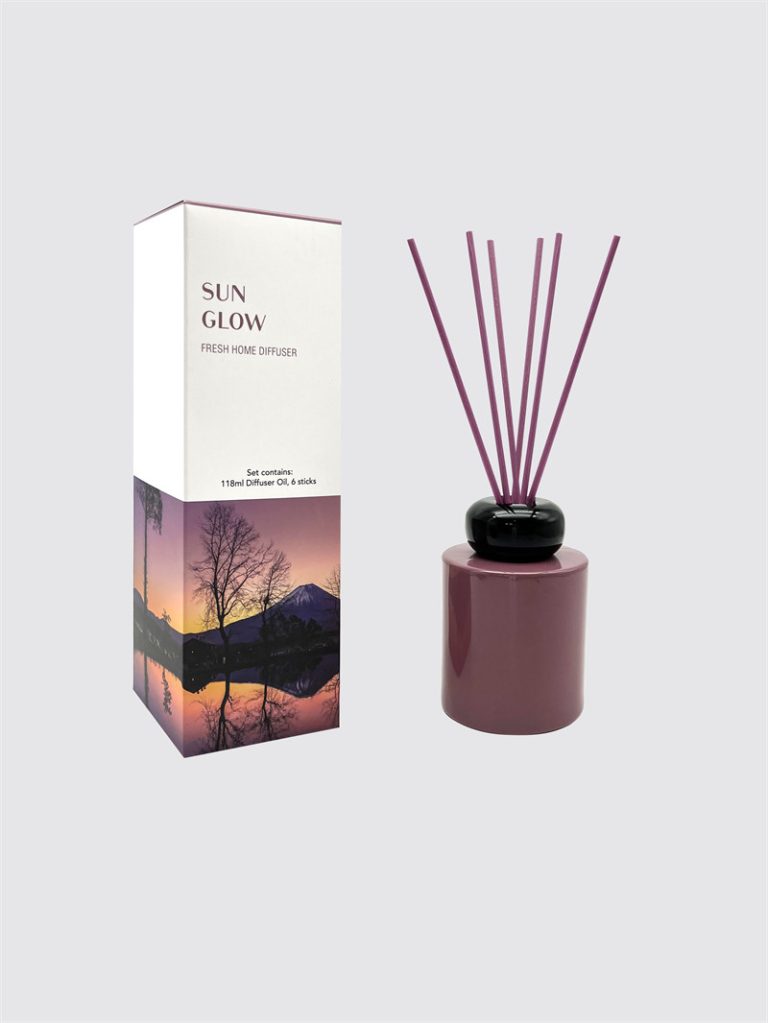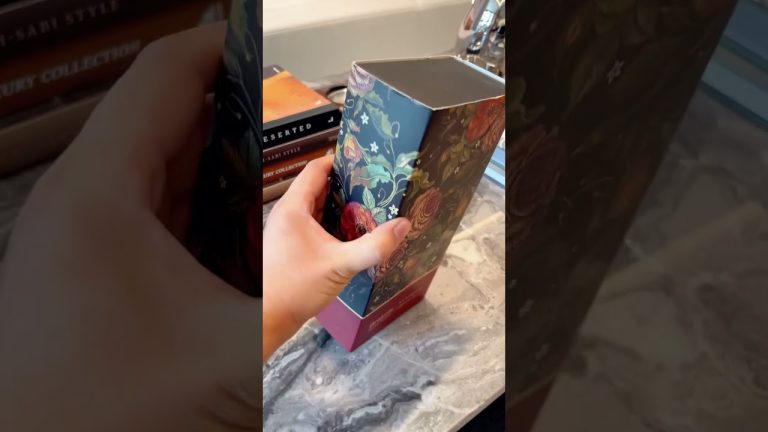Table of Contents
Peligros de quemar una vela hasta el final
Aromaterapia interior
Impacto ambiental de quemar una vela completamente Products
Conjunto de difusores
Material
| Cerámica | Adecuado para |
| Meracera | Sides |
| Lavanda y romero, cardamomo y nuez moscada | capacidad |
| 500ml | color |
| Pink | oured |
| Fabricante de China | Duración |
| 90-120 días | Para minimizar el impacto ambiental de la quema de velas, hay varios pasos que puede tomar. Primero, elija velas hechas con ceras naturales como soya o cera de abejas, que son renovables y biodegradables. Estas velas tienden a quemar más y producen menos hollín que las velas de parafina. Además, busque velas que estén perfumadas con aceites esenciales en lugar de fragancias sintéticas, ya que las fragancias sintéticas pueden liberar productos químicos nocivos cuando se queman.
Al quemar una vela, asegúrese de recortar la mecha a 1/4 de pulgada antes de encenderlo. Esto ayudará a la vela a quemarse más limpiamente y reducir la cantidad de hollín producida. Además, evite la quema de velas durante períodos prolongados, ya que esto puede aumentar la concentración de contaminantes en el aire. Finalmente, considere reutilizar o reutilizar contenedores de vela una vez que la vela se haya quemado por completo para reducir el desperdicio. En conclusión, quemar una vela hasta el final puede tener varios impactos ambientales, incluida la mala calidad del aire interior, las emisiones de gases de efecto invernadero y la generación de desechos. Al elegir velas hechas de ceras naturales, recortar la mecha antes de la iluminación y reutilizar contenedores de velas, puede minimizar el impacto ambiental de las velas quemadas. Recuerde disfrutar de sus velas de manera responsable y considerar las consecuencias ambientales de sus acciones. |
| Beneficios de la quema y eliminación de vela adecuada | Las velas se han utilizado durante siglos para diversos fines, desde proporcionar luz hasta crear una atmósfera acogedora. Sin embargo, muchas personas pueden no ser conscientes de la forma correcta de quemar y deshacerse de las velas. Una pregunta común que surge es lo que sucede si quema una vela hasta el final.
Cuando una vela se quema hasta el fondo, significa que la cera se ha consumido por completo. En este punto, la mecha ya no podrá sostener una llama, y la vela se apagará por sí sola. Algunas personas pueden verse tentadas a continuar quemando la vela en un intento de usar hasta el último bit de cera, pero esto no se recomienda. Continuar quemando una vela hasta el final puede ser peligroso. A medida que la llama se acerca al fondo de la vela, el calor puede hacer que el vidrio o el recipiente se rompan o se rompan. Esto puede resultar en un peligro de incendio y una lesión potencial. Siempre es mejor extinguir una vela cuando queda aproximadamente media pulgada de cera en la parte inferior. Quemar correctamente una vela no solo garantiza la seguridad, sino que también maximiza su tiempo de quemadura. Cuando una vela se quema correctamente, creará un grupo de cera uniforme que se extiende a los bordes del contenedor. Esto ayuda a evitar el túnel, donde la cera se quema de manera desigual y deja la cera desperdiciada a lo largo de los lados del contenedor. Para lograr una quemadura uniforme, es importante recortar la mecha a aproximadamente un cuarto de pulgada antes de cada uso. Esto ayuda a controlar el tamaño de la llama y evitar la acumulación de hollín. También se recomienda quemar una vela durante no más de cuatro horas a la vez para evitar el sobrecalentamiento y garantizar una quemadura limpia. Una opción es reciclar el contenedor limpiando cualquier cera sobrante y utilizándola para almacenamiento o decoración. Alternativamente, el contenedor puede reutilizarse como una maceta o soporte de lápiz. Esta puede ser una forma divertida y creativa de extender la vida de tus velas favoritas. Simplemente derrita la cera en una caldera doble, agregue una nueva mecha y viertala en un recipiente nuevo para crear una vela única. |
En conclusión, quemar una vela hasta el final puede ser peligroso y debe evitarse. Quemar adecuadamente una vela no solo garantiza la seguridad, sino que también maximiza su tiempo de quemadura. Siguiendo consejos simples, como recortar la mecha y quemar durante no más de cuatro horas a la vez, puede disfrutar de sus velas de manera segura y eficiente. Y cuando llegue el momento de deshacerse de una vela, considere reciclar o reutilizar el contenedor para reducir el desperdicio y extender la vida de sus velas.
To minimize the environmental impact of burning candles, there are several steps you can take. First, choose candles made from natural waxes such as soy or beeswax, which are renewable and biodegradable. These candles tend to burn cleaner and produce less soot than paraffin candles. Additionally, look for candles that are scented with essential oils rather than synthetic fragrances, as synthetic fragrances can release harmful chemicals when burned.
When burning a candle, be sure to trim the wick to 1/4 inch before lighting it. This will help the candle burn more cleanly and reduce the amount of soot produced. Additionally, avoid burning candles for extended periods of time, as this can increase the concentration of pollutants in the air. Finally, consider reusing or repurposing candle containers once the candle has been burned completely to reduce waste.
In conclusion, burning a candle all the way down can have several environmental impacts, including poor indoor air quality, greenhouse gas emissions, and waste generation. By choosing candles made from natural waxes, trimming the wick before lighting, and reusing candle containers, you can minimize the environmental impact of burning candles. Remember to enjoy your candles responsibly and consider the environmental consequences of your actions.
Benefits of Proper Candle Burning and Disposal
Candles have been used for centuries for various purposes, from providing light to creating a cozy atmosphere. However, many people may not be aware of the proper way to burn and dispose of candles. One common question that arises is what happens if you burn a candle all the way down.
When a candle is burned all the way down, it means that the wax has been completely consumed. At this point, the wick will no longer be able to sustain a flame, and the candle will go out on its own. Some people may be tempted to continue burning the candle in an attempt to use up every last bit of wax, but this is not recommended.
Continuing to burn a candle all the way down can be dangerous. As the flame gets closer to the bottom of the candle, the heat can cause the glass or container to crack or shatter. This can result in a fire hazard and potential injury. It is always best to extinguish a candle when there is about half an inch of wax left at the bottom.
Properly burning a candle not only ensures safety but also maximizes its burn time. When a candle is burned correctly, it will create an even wax pool that extends to the edges of the container. This helps to prevent tunneling, where the wax burns unevenly and leaves wasted wax along the sides of the container.
To achieve an even burn, it is important to trim the wick to about a quarter of an inch before each use. This helps to control the size of the flame and prevent soot buildup. It is also recommended to burn a candle for no more than four hours at a time to prevent overheating and ensure a clean burn.
Once a candle has burned all the way down, it is time to properly dispose of the remaining wax and container. One option is to recycle the container by cleaning out any leftover wax and using it for storage or decoration. Alternatively, the container can be repurposed as a plant pot or pencil holder.
If recycling is not an option, the remaining wax can be melted down and used to create new candles. This can be a fun and creative way to extend the life of your favorite candles. Simply melt the wax in a double boiler, add a new wick, and pour it into a new container to create a unique candle.
https://reedaromalab.com/tag/high-grade-scented-candle-best-china-wholesalers
In conclusion, burning a candle all the way down can be dangerous and should be avoided. Properly burning a candle not only ensures safety but also maximizes its burn time. By following simple tips such as trimming the wick and burning for no more than four hours at a time, you can enjoy your candles safely and efficiently. And when it comes time to dispose of a candle, consider recycling or repurposing the container to reduce waste and extend the life of your candles.
